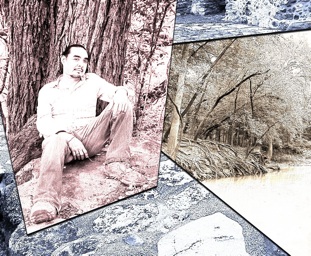
Indigenous peoples have lived near the Medina River area for centuries. Through excavation, records show human habitation as far back as 15,000 years. Currently these groups are referred to as Coahuiltecan Indians by their descendants and archeologists. These indigenous peoples did not refer to themselves as Coahuiltecan. It is believed they were organized into hundreds of small bands and groups--one being the Payaya Indians who were known to reside in and around the Medina River and the Land Heritage Institute property.
They were hunter/gatherers who lived in temporary settlements near water and wood; they hunted with bow and arrow using chipped stones with barbs. It is probable that the bulk of their diet consisted of seasonally available plant resources as well as fish and game. The riparian habitats of and surrounding the Medina River provided such life-sustaining nourishment.
Their use of seasonal foods caused these peoples to migrate. In the summer they migrated toward the prickly pear fields; in the fall they harvested pecan nuts, and during the winter months they concentrated on plant roots. The Payaya frequently shared encampments with other native groups during seasonal harvests.
As western culture arrived in South Texas, especially the Spanish, the lives of these indigenous peoples began to change. Their ancient trails became the country’s oldest roads, Los Caminos Reales. They relocated from their natural habitats and began life in the San Antonio Mission complexes. Descendants of these peoples are among the inhabitants of South Texas today.

Ancient Americans
